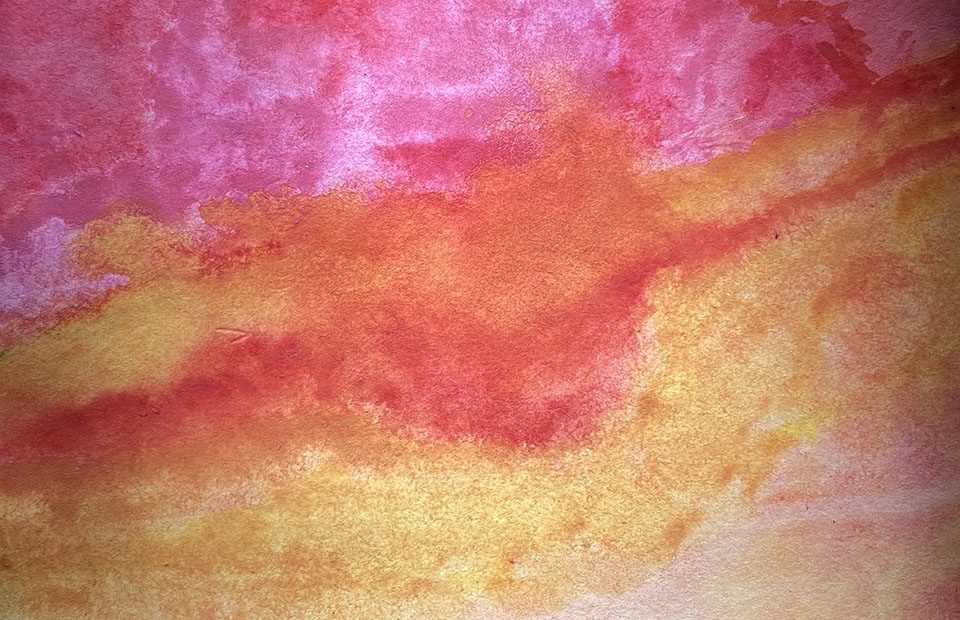
59 – Poetry & Art: Tapping into our Creativity with Jess Winnicki
- Safe Harbour Therapy Centre
Subscribe: Apple Podcasts | Google Podcasts
In this podcast we will be exploring poetry therapy. We will examine the relationship between poetry therapy and art therapy and how we can bring these creative processes into our lives as a tool for grounding and healing. To close the podcast I will read a poem from local poet Lauren Carter, and invite you to create a response. After the reading Julie and I will explore our responses to the poem. I invite you to take a moment with us and explore the world of poetry therapy, how it connects to art therapy and how this process can support us on our journeys.
Poetry Therapy
Throughout my middle and high school years I would write; poems, journal entires, notes, ideas, and scribbles in an attempt to make sense of the world and how I fit into it. I have found myself in the past few months turning back to writing as a way to make meaning through this time we are living in, but with a twist. I find myself writing inspired by things I read, see, and experience and then I create art in response. Today my hope is to bring a piece of that process to everyone listening.
Poetry Therapy is defined as “the use of language, symbol, and story in therapeutic, educational, and community-building capacities” (Mazza, 2012, p.1434). The theoretical foundation for poetry therapy is built on romantic philosophy, traditional, and contemporary psychological theories; most recently narrative, cognitive behaviour, and humanistic.
Two writers Drewery and Winslade (1997) (from the narrative therapy tradition) addressed the power of language, symbol, and story by affirming the meaning-making of people within a cultural context. They noted:
Language is not simply a representation of our thoughts, feelings, and lives. It is part of a multilayered interaction: the words we use to influence the way we think and feel about the world. In turn the ways we think and feel influence what we speak about. How we speak is an important determination of how we can be in the world. So what we say, and how we say it, matter.
This idea of language being part of a multilayered interaction can be connected back to what we discussed in my last podcast around metaphor: Our understanding about ourselves and the world around us comes from our language as well as our previous life experiences. Making meaning of our experiences comes to us through language and our personal perceptions. “When language informs perception, we get convention or conventional creativity and when perception informs language we get invention and innovative creativity” (Carpendale, 2009, p.22).
Mazza puts forward that although the reading and writing of literature is a unique and solitary process, the healing qualities emerge from the recognition that we are not alone in our struggles, and there is always an interpersonal context. “The greatest danger to the above process is complete withdrawal. The greatest hope for the resolution of problems is within the sharing and lending a vision of what we experience” (Mazza, 2012, p. 196). When we are honest in our expression and behaviour it illuminates poetry therapy.
“When poetry, narratives, and symbols are created and shared, the human connection in personal therapeutic and social situations can be a powerful force for change. Poetry therapy taps into an appreciation of our humanity and affirms the restoration of choice. And decision making, through heart and mind, is a part of poetry and therapy” (Mazza, 2012, p. 196).
We are connected today through the shared experience of this podcast and later on through listening to a poem and allowing it to touch our hearts and minds and make choices around our responses to it; empowerment through the creative process.

The RES Poetry Therapy Practice Model
The poetry therapy model that Mazza (2012) puts forward includes three components:
- (R) The receptive/prescriptive component involving the introduction of literature.
- (E) The expressive/creative component involving the use of writing.
- (S) The symbolic/ceremonial component involving the use of metaphors, rituals, and storytelling.
All three components have the potential to address the cognitive, affective, and behavioural domains of human experience (Mazza, 2012, p.17). These three components give poetry therapy an adaptable quality, and thus allowing us to use it to assist us in our own adaptation and reconstruction processes.
Today in our process we will: connect with the receptive/prescriptive component of poetry therapy (introducing literature into the process), use art as a means of expression, creatively responding to the poem, and finally discussing our art and what it represents using metaphor and storytelling, thus combining all three components of the RES poetry therapy model.
Poem & Art Therapy Directive
Allowing what we have discussed to settle in I will now read a poem by Lauren Carter. I met Lauren while taking a course through Creative Manitoba and felt very connected to her writing. I will be reading a poem from her 2019 book Following Sea.
Boundaries
At the house of the artist,
silence like a bell jar.
Outside the back door, a river
running orange from cedar roots.
Past that, the fields where one
afternoon, movement marked
the minutes of the sun’s slow
arc and through binoculars
I saw a coyote, far off,
safe from the imposition
of humans, pouncing
on its hidden prey.
Even I hadn’t walked
that far, to the high wall
of the wood where bears
wander, the painter had warned
in a worried hush,
as if speaking of a witch
in a fairy tale, who might exit
her dark world to snatch
what she needs
from the light.
(Carter, 2019, p. 95).
I would now invite you, as you feel moved, to create your own response to this poem using art, writing, or a combination of both, whatever feels right in this moment. If you are out walking perhaps you pick up a few items from nature to bring back home with you. If you are driving perhaps you see colours in the world around you that inspire you to create. Perhaps there are words and images in your mind that will find their way to a piece of paper when you return home. Julie and I will now discuss our process in order to not only shine a light on poetry and art therapy but how it supports our own journeys in this moment.

Warning: If you are feeling in a place today that creating may be too evocative I encourage you to listen to the innate wisdom of your body and intuition and simply continue to listen or pause the podcast and come back and create when you feel called; without judgement but instead gratitude for the ability to tune into ones internal voice.
Thank you for listening and being open to the process of connecting poetry and art therapy. If you have any questions please do no hesitate to contact me.
Wanting to close with what I think I can now comfortably call my mantra for ending these recordings:
This is a time of change, stretching edges, uncomfortable feelings, and growth.
Remember that everyday is a process and we bring different versions of ourself to each day / moment of the day.
Be gentle with yourself, strive for effort and intention as opposed to perfection.
References
Carpendale, M. (2011). A Traveler’s Guide to Art Therapy Supervision. Victoria, BC: Trafford Publishing.
Carter, L. (2019). Following Sea. Winnipeg, MB: Turnstone Press.
Drewery, W., & Winslade, J. (1997). The Theoretical Story of Narrative Therapy. In G. Monk, J. Winslade, K. Crocket, & D. Epston (Eds.), The Jossey-Bass psychology series. Narrative Therapy in Practice: The Archaeology of Hope (p. 32–52). Jossey-Bass.
Mazza, N. (2017). Poetry Therapy: Theory & Practice. New York, NY: Rutledge.
